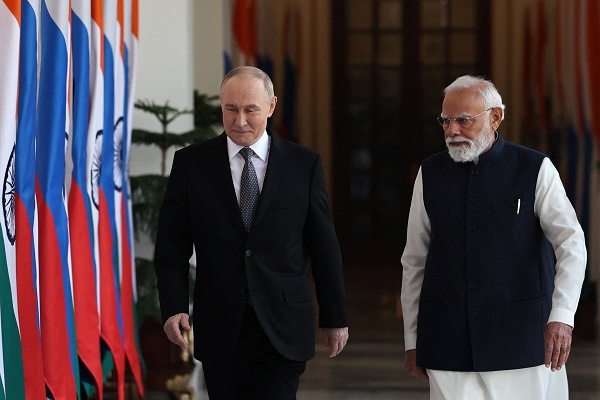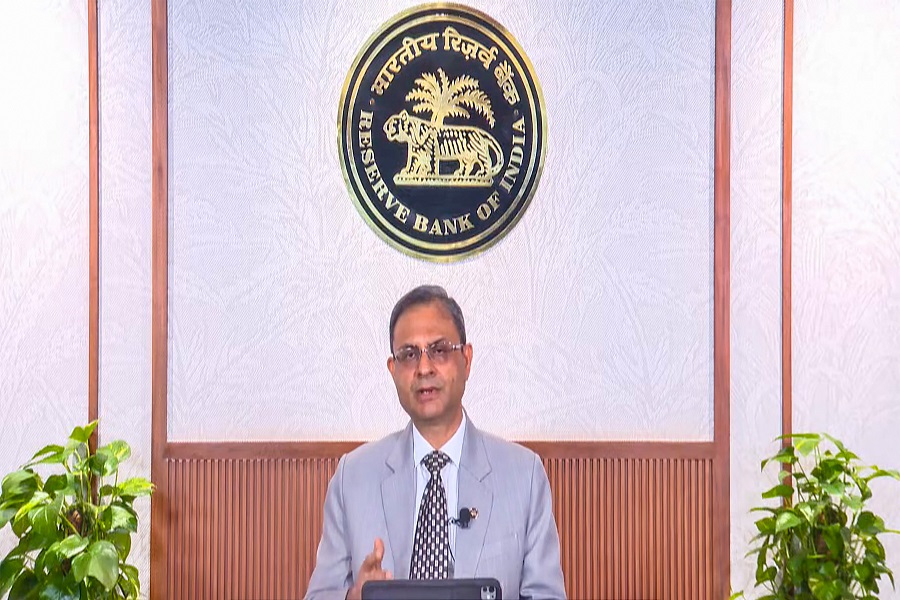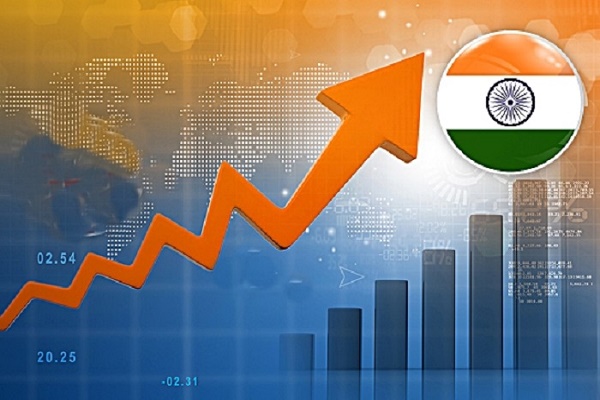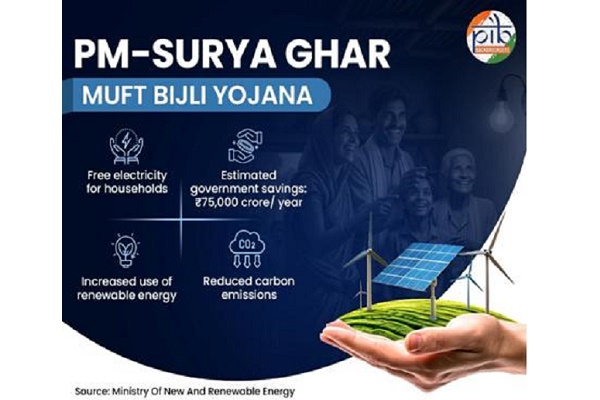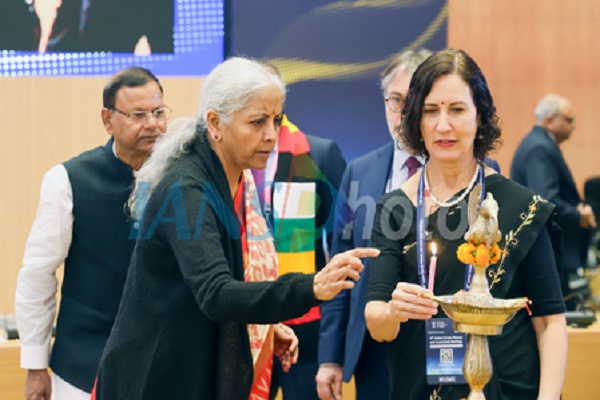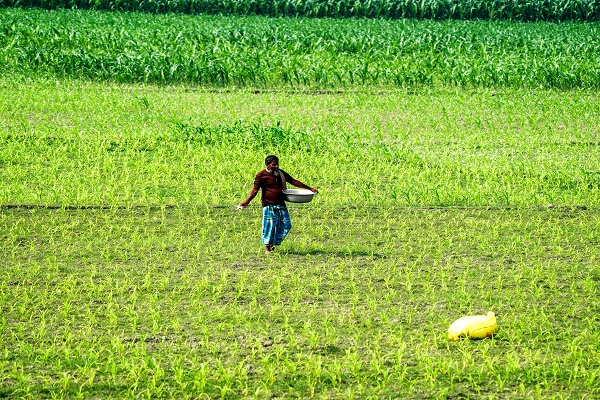Perspective on the WPI data by Mr. Arsh Mogre, Economist - Institutional Equities, PL Capital - Prabhudas Lilladher

India's Wholesale Price Index (WPI) inflation eased significantly to 2.04% YoY, down from 3.36% in June, marking the lowest rate in three months. This decline was largely driven by a reduction in food price inflation, which contrasts with a modest uptick in manufactured products inflation—from 1.43% in June to 1.58% in July.
The easing in WPI was complemented by an encouraging update on the monsoon season. As of mid-August, India has experienced a 6% surplus in rainfall relative to the long period average, a stark improvement from the 11% deficit recorded at the end of June. This turnaround not only alleviates concerns about agricultural output and food inflation but also improves the distribution of rainfall across states, reducing the number of states with significant rainfall deficits from 16 to 8. The enhanced monsoon performance, alongside the onset of La Niña conditions towards late August is poised to support both kharif and rabi sowing seasons, further stabilizing food prices and providing a cushion against supply-side inflationary pressures.
Globally, commodity prices have shown a marginal decrease, with notable declines in crude oil and industrial metals, thereby easing input cost pressures. However, disruptions in Middle Eastern maritime routes continue to pose risks of cost escalations, potentially countering some of the deflationary effects from softer global commodity prices.
The RBI is likely to maintain a cautious stance, indicating that any potential rate cuts are unlikely until at least Q3 FY25. This decision stems from a strategic intent to achieve a durable alignment of inflation around the 4% target before considering monetary easing. This data-dependent approach suggests that while short-term inflationary pressures are easing, we should thus prepare for a potential delay in rate adjustments and consider the broader implications of monsoon performance and global commodity trends on India's inflation trajectory.
Above views are of the author and not of the website kindly read disclaimer







